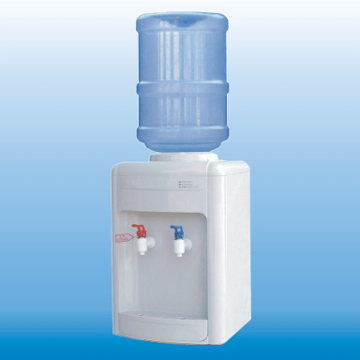The food safety family’s curmudgeonly uncle, Pete Snyder (who really isn’t) would be happy that the don’t-wash-poultry crowd is gaining some traction.
Medical Daily writes that everyone should stop rinsing raw chicken under the faucet. Rather than reducing foodborne bacteria, rinsing poultry spreads pathogens to other surfaces in your kitchen via  water splatter, exacerbating contamination rather than preventing it. Now, a new campaign urges the public to drop the habit, as it increases the risk of serious foodborne illnesses like those caused by Salmonella and Campylobacter bacteria.
water splatter, exacerbating contamination rather than preventing it. Now, a new campaign urges the public to drop the habit, as it increases the risk of serious foodborne illnesses like those caused by Salmonella and Campylobacter bacteria.
“There’s no reason, from a scientific point of view, to think you’re making it any safer, and in fact, you’re making it less safe,” said researcher Jennifer Quinlan, speaking to NPR. Quinlan is a food safety researcher at Drexel University in Philadelphia, and a spokesperson for “Don’t Wash Your Chicken” –– a university-backed public health campaign educating informing home cooks with video simulations and “photonovellas.”
“You should assume that if you have chicken, you have either Salmonella or Campylobacter bacteria on it, if not both,” said Quinlan. “If you wash it, you’re more likely to spray bacteria all over the kitchen and yourself.”
Concomitant focus-group studies funded by the U.S. Department of Agriculture (USDA) indicate that 90 per cent of the population washes their poultry before cooking it. After all, washing usually makes things both cleaner and safer.
If you, like the majority of Americans, have been washing your chicken until now, campaign officials urge you to peruse the new reports, as well as the educational photonovellas.
In addition, their “Germ-Vision” animation helps visualize the disconcerting spread of pathogens in your kitchen.


.jpg) Guns ‘N Roses was a terrible band.
Guns ‘N Roses was a terrible band. [D]ry them THOROUGHLY. That is, if you wash them.
[D]ry them THOROUGHLY. That is, if you wash them.